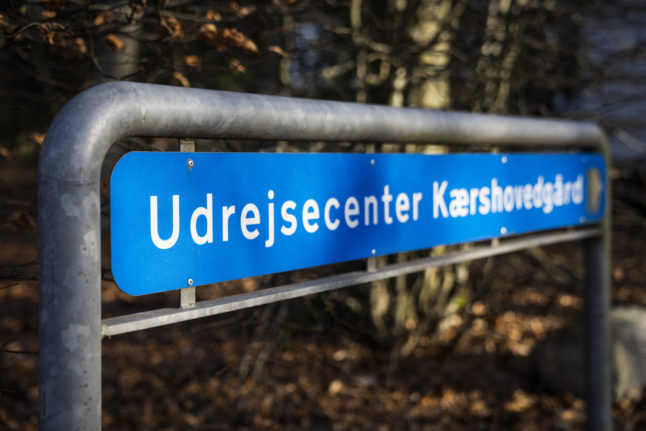Data from 2023 show that Ukrainian nationals represented the highest proportion of nationalities who moved to Denmark from abroad last year.
Of the 98,344 immigrations to Denmark in 2023, some 8,229 came from Ukraine, roughly 8 percent. This was significantly down on the 38,381 Ukrainian nationals who came to Denmark in 2022, the year their country was invaded by Russia.
The data was released by Statistics Denmark on Monday after the agency finished gathering immigration figures for the final quarter of last year.
While immigration to Denmark was down, migration out of the country was up by 8 percent compared to 2022, with some 68,172 people leaving the country.
Ukrainians also represented the highest proportion of people leaving Denmark at 6,168 or 9 percent.
After Ukraine, the highest numbers of nationalities moving to Denmark were Romania (6,163), Germany (5,078), Poland (4,900) and the United States (4,168).
Among other nationalities 3,392 people moved from India to Denmark, 1,220 from the United Kingdom, 679 from Australia and 663 from Ireland.
The exact same five countries filled out the top five in terms of emigration (excluding Danes): Romania (4,570), United States (3,685), Poland (3,059) and Germany (2,751) all followed Ukraine’s total.
Taking into account birth and death rates as well as immigration, the overall population of Denmark as of January 1st 2024 was up by 28,595 people to 5,961,249.
That means the national population grew by 0.5 percent last year – a lower growth than in 2022, when the figure was 1 percent.
The natural population change – births minus deaths – was negative in Denmark last year and as such, immigration is the reason Denmark’s overall population grew last year.



 Please whitelist us to continue reading.
Please whitelist us to continue reading.
Member comments